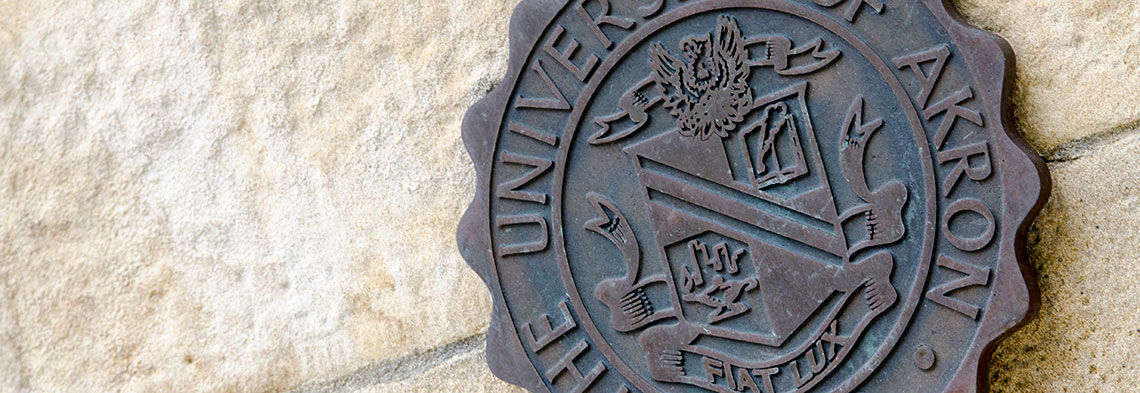Document Type
Article
Publication Date
January 2009
Abstract
Under the First Amendment of the Constitution of the United States, ‘hate speech’ is constitutionally protected unless the circumstances of the case indicate that the speaker intended to threaten violence or provoke an immediate act of violence. While a person may be removed from a classroom or fired from employment for engaging in ‘hate speech’, under the First Amendment a person may be charged with a crime only if their statements constitute a threat or provocation of immediate violence. Moreover, even in cases where it is clear that a person is threatening violence or that violence is imminent, the person may be criminally prosecuted only if the law in question is carefully drawn so that it applies only in appropriate cases.
‘Hate speech’ is not easy to define. As Justice Potter Stewart said about obscenity, “I know it when I see it.” What’s ‘funny’ to one person is offensive to another, and people disagree about what kinds of behavior cross the line from poking fun, to fair political commentary, to expressions of scorn and contempt, to threats or incitement to violence. But some words and symbols unequivocally express hatred of racial, ethnic, religious, or other groups.
In the United States one particularly virulent form of expression is associated with hatred and prejudice – the burning of a cross. Originally a traditional Scottish custom of signalling, following the American Civil War cross burning was adopted by guerrilla groups such as the Ku Klux Klan (Klan) as a symbol of racial supremacy and as a means of terrorising the newly freed slaves. The burning cross was glorified in the wicked movie The Birth of a Nation (1915) that depicted the Klan as heroes and saviors. Cross burnings were common at Klan rallies throughout the 1920s at a time when lynchings were commonplace and the Klan was at the height of its power. The burning cross was used as a warning and a threat to any person seeking to improve the political or economic condition of the black race.
While the Klan and related militant far-right organisations still exist in the United States, they exercise no political power and as a practical matter can no longer openly hold public rallies where crosses are burned – the public outcry would overwhelm their puny expressions of hatred, and it would be political suicide for any politician to be publicly identified with the Klan. However, there are still occasional incidents of cross burning, sometimes at rallies on private land, sometimes on another person’s property as an expression of hatred aimed at a specific individual or family.
In recent decades the United States Supreme Court has decided two cases involving cross burning – R.A.V. v. City of St. Paul (1992) and Virginia v. Black (2003). In each case the defendants were arrested and convicted of a crime for burning a cross, and in each case the Supreme Court reversed the defendants’ convictions. I discuss each of those cases in the article.
Article available here http://ojs.ubvu.vu.nl/alf/article/view/103/184
Publication Title
Amsterdam Law Forum
Recommended Citation
Wilson Huhn, Cross Burning a Hate Speech Under the First Amendment to the United States Constitution, 2 Amsterdam Law Forum (2009).


